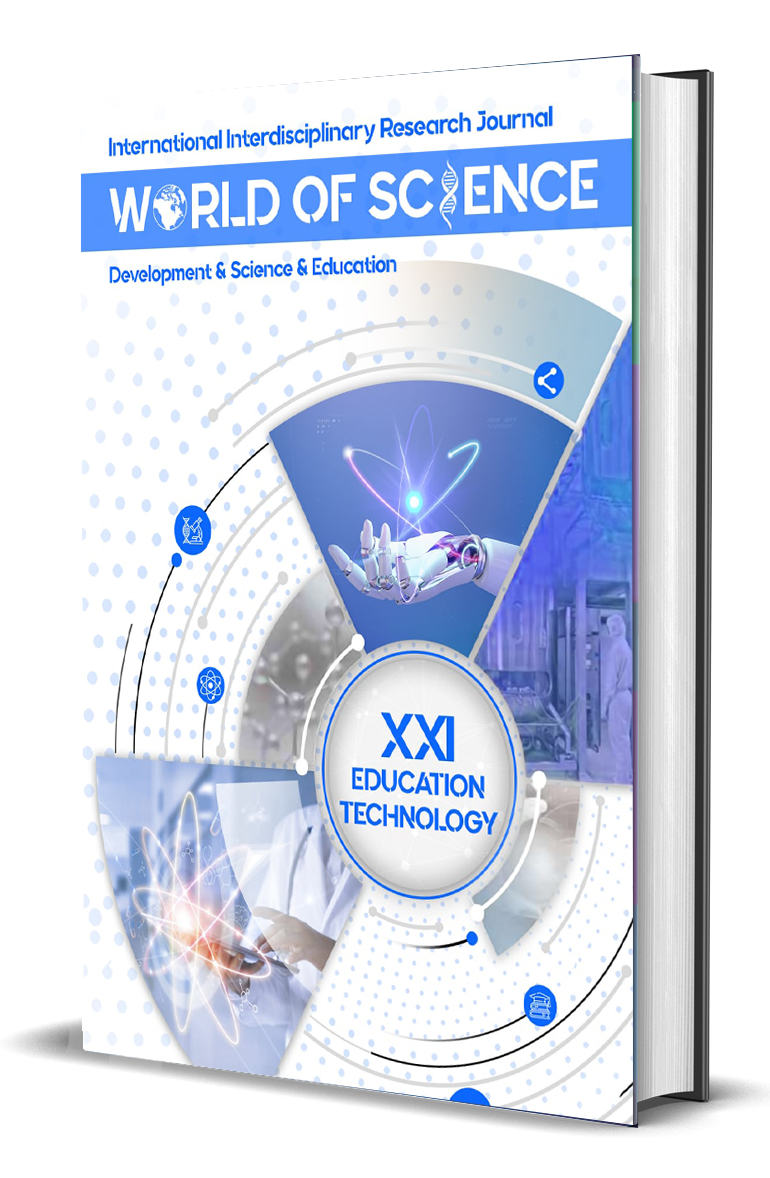COLLOCATIONAL FRAMEWORKS: ENHANCING ENGLISH FLUENCY THROUGH STRATEGIC LANGUAGE PAIRINGS
Keywords:
collocational patterns, fluency development, language skills, authentic language use, language proficiency enhancement, lexical chunks, language input, language output, communicative competence, language context, language learners, language educators, language curriculum, language materials, language assessment, language research, language pedagogy, language classroom, language strategiesAbstract
This article explores the concept of collocational frameworks and their role in enhancing English fluency through strategic language pairings. Collocations, the natural associations between words, are crucial for achieving native-like language proficiency. However, mastering collocations can be challenging for language learners. Collocational frameworks offer a systematic approach to understanding and internalizing collocations by presenting them within structured patterns. By strategically pairing collocations within these frameworks, learners can develop a deeper understanding of the natural associations between words and improve their fluency in English. This article discusses the fundamentals of collocations, the principles behind collocational frameworks, and practical strategies for implementing them in language teaching contexts. Through a comprehensive examination of collocational frameworks, this article aims to provide insights into an effective tool for promoting fluency and proficiency in English language acquisition.
References
Channell, J. (1981). "On defining idiom." Language, 57(1), 195-221.
Ellis, N. C., Simpson-Vlach, R., & Maynard, C. (2008). "Formulaic language in native and second language speakers: Psycholinguistics, corpus linguistics, and TESOL." TESOL Quarterly, 42(3), 375-396.
Firth, J. R. (1957). "Papers in linguistics, 1934-1951." Oxford University Press.
Laxminarayan, R., Duse, A., Wattal, C., Zaidi, A. K. M., Wertheim, H. F. L., Sumpradit, N., ... & Cars, O. (2013). "Antibiotic resistance—the need for global solutions." The Lancet Infectious Diseases, 13(12), 1057-1098.
Marston, S., Li, Z., Bandyopadhyay, S., Zhang, J., & Ghalsasi, A. (2011). "Cloud computing — the business perspective." Decision Support Systems, 51(1), 176-189.
Moon, R. (1998). "Fixed Expressions and Idioms in English: A Corpus-Based Approach." Oxford University Press.
Nattinger, J. R., & DeCarrico, J. S. (1992). "Lexical phrases and language teaching." Oxford University Press.
Pérez-Ramírez, M., Firth, B., Barlow, D., & Dickson, R. (2019). "The role of high-speed internet in socioeconomic development: A comprehensive review with emphasis on research opportunities." Telematics and Informatics, 38, 166-190.
Russell, S. J., & Norvig, P. (2021). "Artificial intelligence: A modern approach." Pearson.
Sackett, D. L., Rosenberg, W. M., Gray, J. A. M., Haynes, R. B., & Richardson, W. S. (1996). "Evidence based medicine: what it is and what it isn't." BMJ: British Medical Journal, 312(7023), 71.
Sinclair, J. (1991). "Corpus, Concordance, Collocation." Oxford University Press.
Webb, W. R., Higgins, C. B., & Bhalla, S. (2015). "Fundamentals of body CT." Elsevier Health Sciences.





